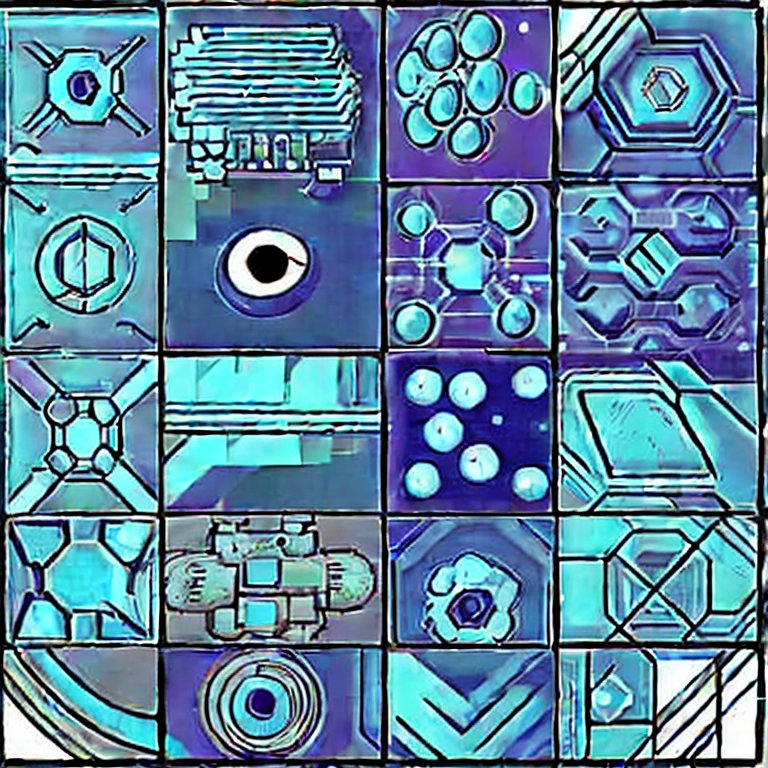-
Introduction
- Scientific machine learning with and without data
-
Machine learning hands-on
- Supervised learning: Hand-written digits recognition
- Unsupervised learning: Principal component analysis
- Machine learning frameworks, hardware, and workflow
-
A hitchhiker's guide to deep learning
- The four pillars: data, model, loss function, and optimization
- Deep learning primitives: CNN, GNN, and transformer
-
Symmetries in machine learning
- Invariant and equivariant models
- The geometric deep learning program
-
Differentiable programming
- The engine of deep learning: automatic differentiation on computation graphs
- Differentiable DFT/MD/Tensor networks/..., and why they are useful
-
Generative models-I
- A dictionary of generative models and statistical physics
- Boltzmann machines
- Autoregressive models
-
Generative models-II
- Normalizing flows
- Diffusions models
- The universe as a generative model
-
Wrap up
- AI for science: why now?
Title image generated by stable diffusion with the prompt: "a tile image for the course on "Machine learning for physicists", eye-catching, artist style with sci-fi feeling".
